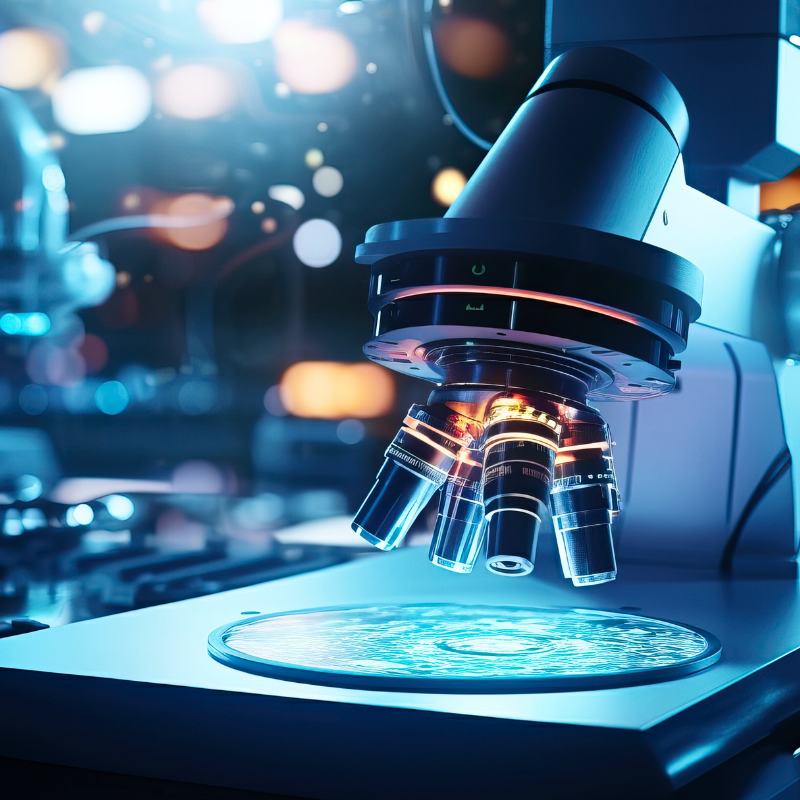The Research & Development (R&D) Tax Credit is a tax incentive that can be applied as a dollar-for-dollar offset against a company’s tax liability if the company engages in activities related to the design and development of a product, process, formula, invention, software or technique within the United States. Additionally, start-up businesses with less than $5 million in gross receipts in the current taxable year and no gross receipts prior to the fifth previous taxable year (e.g., for 2025, the company must not have gross receipts prior to tax year 2021) would be considered a qualified small business (QSB). They can use the credit to offset up to $500,000 of their payroll tax liability.
Qualified Research Expenses
R&D tax credits can be claimed for eligible expenses incurred while conducting qualified research activities within the United States and its territories. IRC § 41(b) defines qualified research expenses (QRE) as:
- Any wages paid or incurred to an employee for qualified services performed by such employee.
- Sixty-five percent of any amount paid or incurred by the taxpayer to any person other than an employee of the taxpayer for qualified research, such as contractor payments.
- Any amount paid or incurred for supplies used in the conduct of qualified research.
- Any amount paid or incurred to another person for the right to use computers in the conduct of qualified research.
Supplies Deemed Qualified Research Expenses
For taxpayers creating physical products and prototypes, such as manufacturers and life sciences companies, supplies expenses can represent a significant portion of the QREs claimed for the R&D tax credit. According to Section 41(b)(2)(C), the term “supplies” refers to tangible property, excluding the following:
- Land or land improvements
- Property of a character subject to the allowance for depreciation
Supplies expenses are deemed to be QREs if they are utilized in the performance of “qualified services.” These services include engaging in, directly supervising or directly supporting qualified research by an employee of the taxpayer or an individual acting in a similar capacity. To be considered an eligible expense, the supplies item must be directly tied to the delivery and performance of these qualified services. Expenditures related to general and administrative functions do not meet the criteria for supplies QREs.
Your Year-End Tax Strategy Simplified
With recent tax policy changes, individuals and businesses should take proactive steps now to maximize deductions and minimize liabilities. Withum’s Year-End Tax Planning Resource Center provides timely insights, planning tips and compliance reminders tailored to your needs.
What Does and Does Not Qualify for R&D Tax Credits
The most easily identifiable supplies expenses that qualify for R&D tax credits are materials consumed or used up in the process of developing prototypes, samples or during experimentation. These may include:
- Raw materials
- Disposable laboratory supplies
- Reagents and chemicals
- 3D printing filament
- Machined or electrical components used in prototypes
- Materials used in testing or trial runs
These materials are typically non-depreciable and are directly tied to the experimentation and development process. R&D tax credits exclude depreciable property, which is a critical distinction. Any item with a useful life beyond one year that is subject to wear and tear, exhaustion or obsolescence is considered depreciable and therefore not eligible as a supplies expense for the R&D credit. For example, equipment, machinery, tools and furniture do not qualify, as they are depreciable in nature and would therefore not be considered a qualified supplies expense.
There has been a growing tendency among taxpayers to classify a broad range of non-qualifying research-related costs as supplies in credit claims. When evaluating these claims, it is critical to adhere to the statutory and regulatory definitions. For instance, general and administrative costs associated with self-constructed supplies, such as assets produced by a taxpayer for use in its trade or business, are frequently misclassified. During the review of supplies expenses, it is necessary to evaluate any prototype-related costs to determine whether they include components subject to depreciation.
Additional examples of costs that do not qualify as supplies QREs include:
- Travel, meals or entertainment expenses
- Researchers’ telephone expenses
- Relocation costs
- Equipment or space lease or rental expenses
- Professional dues, royalties or license fees
Uncovering the proper data and support for specific taxpayers is a challenging undertaking that should only be performed by qualified R&D Tax Credit specialists. Withum’s R&D Tax Credit Services Team has performed R&D studies, and supported those claims on audits, for clients across a range of industries and sizes, ranging from start-ups and beyond.
Author: Sarah Hammond | [email protected]
Contact Us
For more information on this topic, reach out to Withum’s R&D Tax Credit Services Team.




